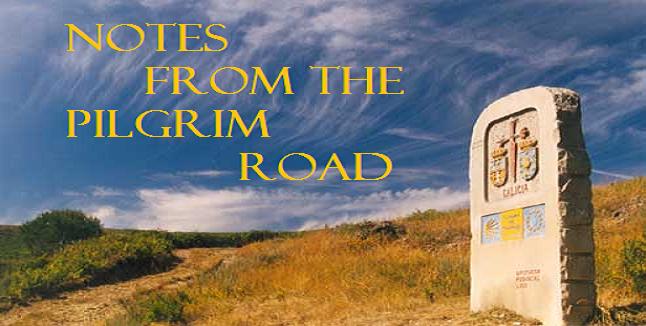.JPG)
Tradition says that when the city of Granada was finally conquered a nobleman from Castilla road to the door of the Mosque and with his dagger pinned a paper to the door which read, "Ave Maria". Now over the main door to the church (above) in stone is a large plaque inscribed with "Ave Maria" to commemorate the event. In addition the facade of the church is built around a triumphal arch in memorial of the Reconquista.
.JPG)
.JPG)
Inscription over a door dedicating the church to the Catholic kings who had given their lives for the victory.
.JPG)
.JPG)

.JPG)
.JPG)
.JPG)
.JPG)
.JPG)
.JPG)
.JPG)
.JPG)

No comments:
Post a Comment